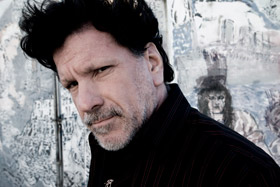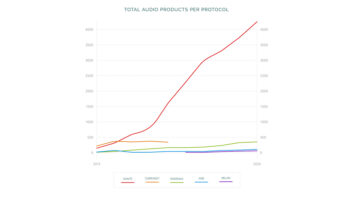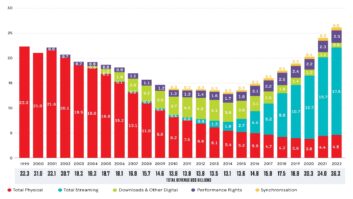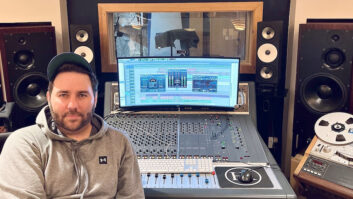
After a recent lecture about DAWs, one of my students asked me which audio recording program I used back in the ’70s. The wide-eyed pupil was very curious to hear what it was like to record when I was his age. But he and the class were shocked to learn that we didn’t have personal computers to make records back then. Our recording program was a strip of plastic moving at a fixed speed over a magnet.
On the surface, the question seemed naïve, but I ran with it because it led to a discussion of how limitations shape the creative process. In an era of inexpensive nonlinear, nondestructive recording formats with virtually unlimited everything—tracks, effects, undo levels and recording time—it seems unimaginable that things were any other way.
Rather than just fetishize about the sound quality of tape, I explained how it molded our workflow. The example I used was my Teac 3440 4-track reel-to-reel deck, a common item in the home studio of the time. The biggest surprise for the students was the machine’s limited track count, the finite amount of recording time per reel (and the cost of the blank media), the single level of undo (an erase head), and the idea of destructive editing. I explained how we would increase the track count by bouncing a submix of three tracks to the remaining track, and how we would physically cut and paste the tape to combine takes.
The takeaway message was that a finite track count on a linear format forced you to make important musical decisions while recording and required a higher level of musicianship and performance. And preproduction was a must if you planned to push the limits of track bouncing the way Les Paul did.
Another thing they were surprised to learn was that the choices in affordable recording gear were fewer back then. We didn’t have a glut of cheap OEM mics, preamps and mixers coming in from offshore, so we made the most of what we could get. What was available was expensive but well made: I still have the gear I used in the ’70s, and all of it works.
So I put the question to them: What are the limitations today beyond talent and skill?
Today it’s easy to get lost in a sea of options and marketing hype. Search for “large-diaphragm condenser mic” on the Web and you’ll find several models at every price point. Now the temptation is to purchase the least expensive item we can find; the impulse buys that, at the time, seem like a no-brainer. Consequently, we acquire poorly made products that don’t hold up to serious use or have subpar sound. In his November 2012 TechTalk column, Kevin Becka explained how purchasing quality gear, though costlier upfront, is cheaper in the long run: not only will it last longer than the alternative, it has a better resale value should you decide to upgrade. But such a high outlay of capital requires planning if you want to get the most from your purchases.
The question that students are likely to ask at some point during the semester is: “What microphone should I buy?” What they’re really asking is, “What’s the best mic I can get if I don’t want to spend much money?” Again, this leads us into a discussion of limitations. Can you do everything you want with only one mic? What about your mic preamp? Do you want to spend $2,000 on a mic and record everything through a $99 audio interface? No, of course you don’t, but you have to start somewhere.
Assembling a high-quality recording system on limited funds requires vision, planning and focus. You need to know what you want to achieve in your dream studio (the vision) and how to get there affordably (the plan), while avoiding sale items you don’t need and other gimmicks that distract you from the foundation items, which takes discipline (the focus). You may change your mind about specific product categories from time to time as technology progresses or as your ear develops, but it’s important to plan ahead and stay the course. This seems obvious, yet so few people make such a plan.
Pros focus on the items they need, ones that help them get the job done. I once asked Grammy-winning engineer/producer Jacquire King about his mic closet, thinking that he’d have quite a collection. “I don’t have that many,” he said. “Microphones are only useful for the first part of a project. I’d rather spend my money on something I can use for recording and mixing, such as a compressor.” Now that’s resource allocation. So despite having more technology than we know what to do with, we still bump up against limitations, even if they’re only financial ones. That’s where talent and skill come in, just as they always have in the recording biz.




